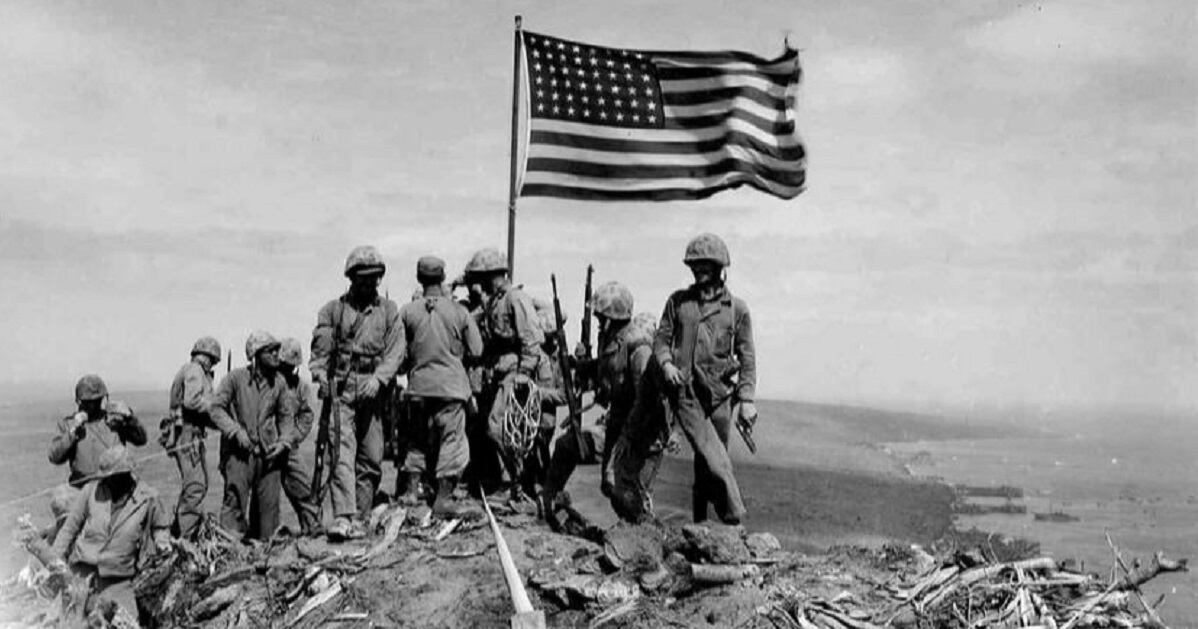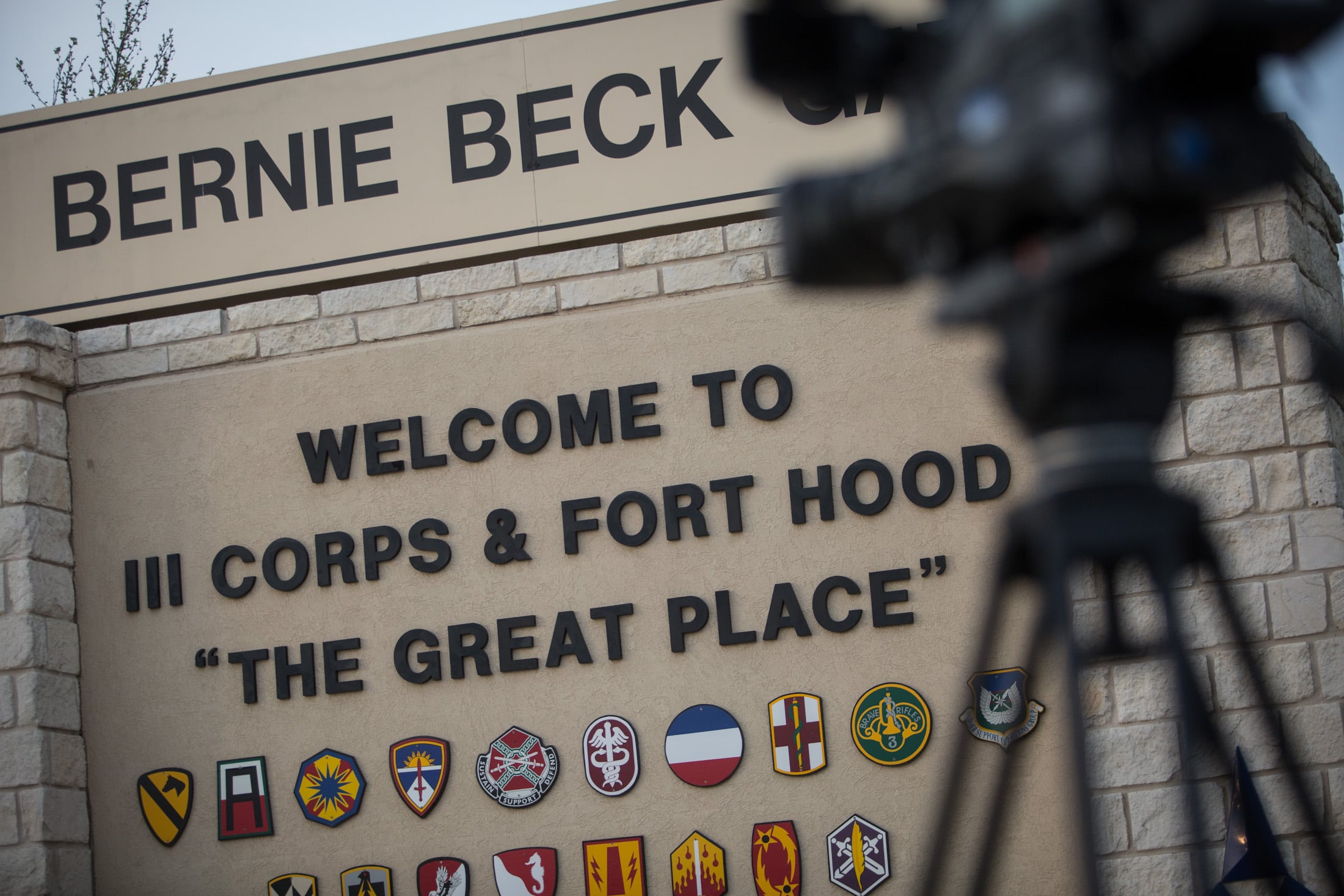Seventy-six years ago, nearly 7,000 Marines, soldiers, sailors, and Coast Guardsmen made the ultimate sacrifice at the Battle of Iwo Jima, where nearly 20,000 were wounded and a flag-raising famously symbolized America’s victory to the world.
On the anniversary of the Feb. 23, 1945, flag-raising on Mount Suribachi, very few surviving veterans who fought on the island can tell the story.
One of those Marines is a former St. Louis Cardinals baseball pitcher with a 93-mile-per-hour fastball who became a Baptist minister.
The Reverend Dr. William Henry Greason is “age 96 years and four months, and still breathing” he said with a laugh from his home in Birmingham, Alabama, where he was preparing his Sunday sermon. Born on Sept. 3, 1924, Greason was among some 20,000 African-American Marines who trained at Montford Point’s segregated recruit training base near Camp Lejeune, North Carolina, from 1942 to 1949.
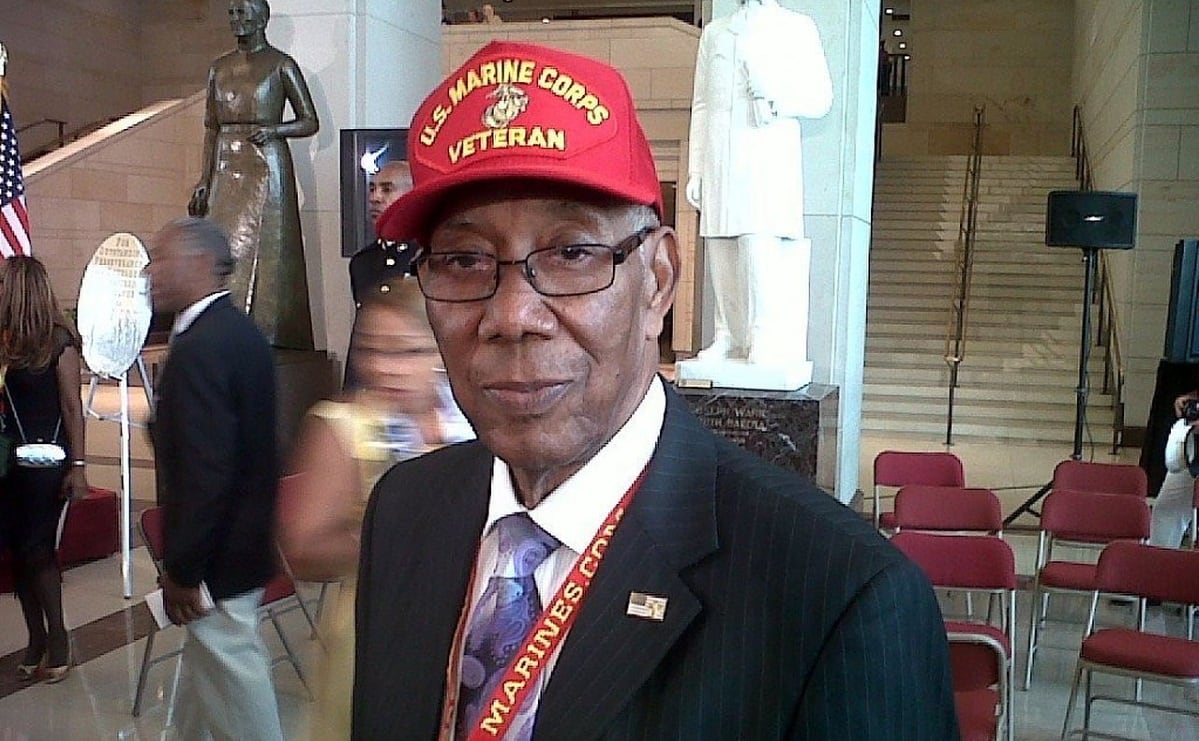
He joined the Marine Corps in 1943 after graduating from high school. After a stop at Fort Benning, he took a bus to the Carolina training camp set on a sandy point surrounded by pine thickets, snake-infested swamps and the New River. Dan Bankhead, the first African American pitcher to play in the big leagues with the Brooklyn Dodgers in 1947, was another Montford Point Marine.
In February 1945, Greason served in the all-Black 66th Supply Platoon with the 34th Marine Depot Company, part of the V Amphibious Corps that landed on Iwo Jima on the fourth day of the American invasion. The next day, he was on the beach, unloading medical supplies, food and ammunition from ships, when he saw the Stars and Stripes rise from the highest point of Mount Suribachi.
“Iwo Jima is a small island, measuring about three miles wide by five miles long, so you could clearly see the flag from almost anywhere on the island,” said Greason.
“It made us feel proud to be involved in an event recognized throughout the world,” Greason recalled.
Greason is among the few survivors to salute both flags raised that day by Marines and Navy corpsmen who hiked up the volcanic ridges of Mount Suribachi to reach the summit. The first flag was planted around 10:20 a.m.
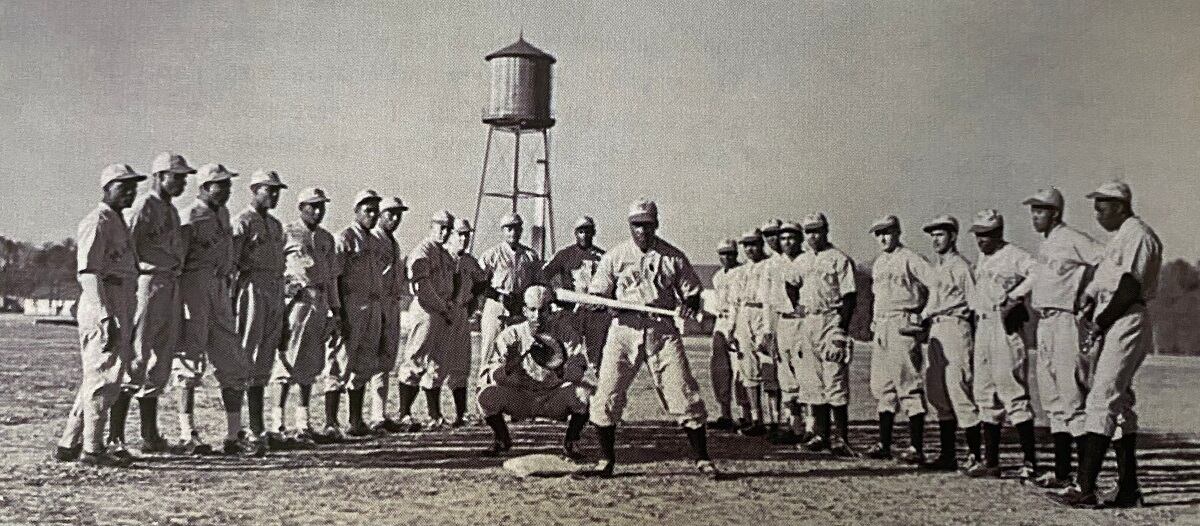
Hours later, a second, much larger flag was mounted on a 100-pound iron waterpipe and hoisted into the clear blue sky. When the waving red, white and blue cotton banner came into view, horns blared from hundreds of anchored ships; thousands of men took off their helmets, whistling and cheering from burned-out foxholes and beaches to celebrate a victory felt around the world.
Associated Press photographer Joe Rosenthal was awarded a Pulitzer Prize for his portrait of the second “Rosenthal” flag-raising immortalized in film and print by “Flags of Our Fathers,” a postage stamp and the bronze U.S. Marine Corps Memorial statue seen by millions in Arlington, Virginia. Today, both flags, ragged from wind and wear, are on display at the National Museum of the Marine Corps in Triangle, Virginia.
Seventy-six years later Greason believes his survival from the Battle of Iwo Jima gave him a chance “to do God’s work.”
“People were dying all around me,” recalled Greason in an interview with Forbes writer and baseball historian, Nick Diunte. “I took a little Bible with me. Two of my best friends were killed on that island. I prayed and I said, ‘Lord if you get me off this island, whatever you want me to do, I’ll do it.’
“It’s strange. A calling is strange. It’s a burden on you,” he said. “You can’t shake it if you’re really called, no matter what you do or where you go. That’s what happened to me. I just threw up my hands and said, ‘Here I am, use me.’”
Greason completed his tour with the American occupational force in Japan, where he was stationed at Sasebo and Nagasaki, after the United States leveled the city with the second atomic bomb. When he returned to the States in 1946, the Montford Pointer pursued another God-given calling on the ballfield.
Humble roots
Greason grew up across the street from Dr. Martin Luther King Jr. on Auburn Avenue in a segregated neighborhood in Atlanta known as the Sweet Auburn Historic District.
“A lot of schoolteachers lived in our neighborhood,” he said, recalling the little houses near sandlots where he taught himself to play baseball.
The reverend’s father, James Greason, was a laborer who mixed cement for brick layers and his mother, Lizi, took in laundry for white folks. They were devout people who raised their five children as Christians, and to respect all people, regardless of their color.
When Greason came home from the service, he quarterbacked two seasons for the semi-pro Atlanta All-Stars football team. He dreamt of becoming a doctor, but was pulled toward the baseball field and signed with the Nashville Black Vols in 1947. In 1948, the gifted pitcher and his friend Willie Mays, who later served in the Army during the Korean War, helped the Birmingham Black Barons win the Negro American League.
Over the next two years Greason pitched for the Barons and the Jalisco Charros in the Mexican League. As tensions escalated in Korea, he volunteered for another tour of duty in the Marine Corps in the summer of 1951. Rather than being deployed overseas, Greason returned to Camp Lejeune, where he helped the Corps baseball team win almost every game.
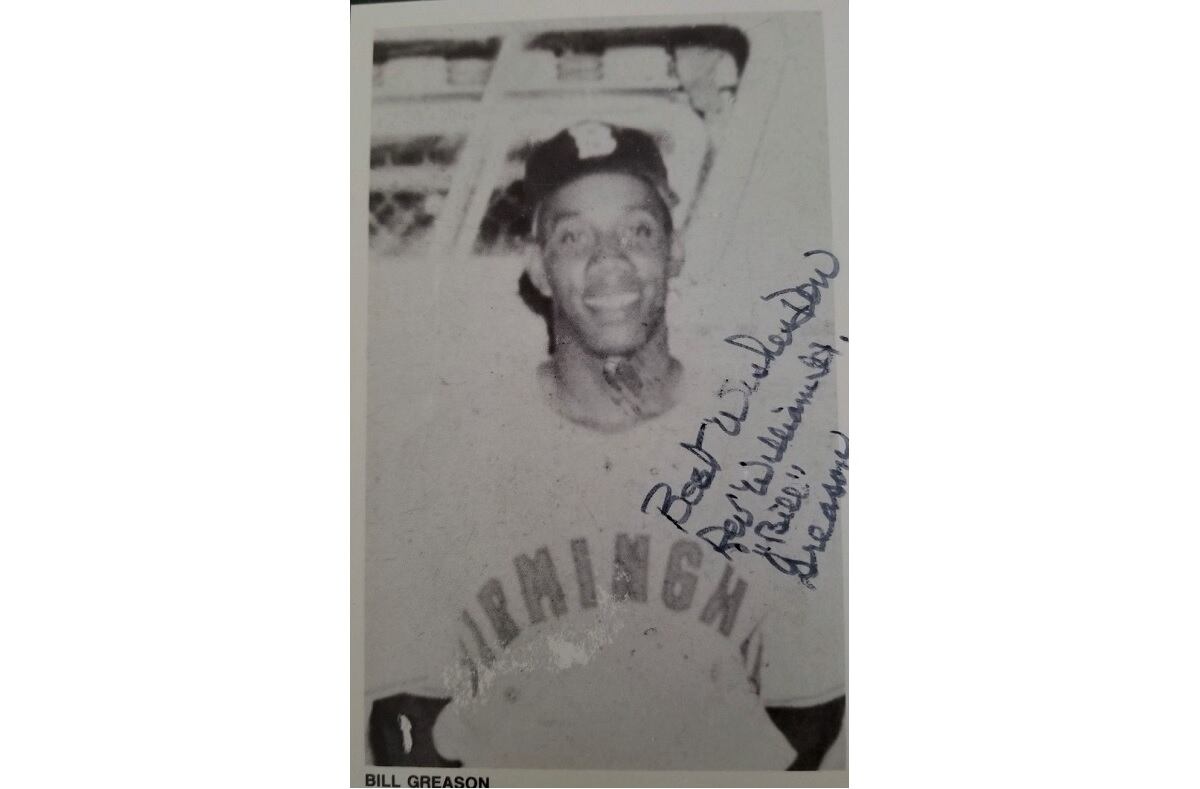
In his 1952 professional baseball publicity questionnaire, Greason listed his nickname as “Double Duty,” a fitting moniker for his duty as a ballplayer and a Marine. That year he was the first Black minor-leaguer to play in the state of Oklahoma with the Triple-A Oklahoma City Indians. Two years later, he became the first African American pitcher to play for the St. Louis Cardinals.
It was the experience of a lifetime — finally making it to the big leagues at Wrigley Field where he faced the Cubs on May 31, 1954 — but a dream wrought with setbacks. Greason was forced to take a pay cut, from his monthly Triple-A salary of $1,200 to $900. After appearing in three major league games, he was sent back down to the minors.
The aftertaste from Greason’s proverbial cup of coffee with the Cardinals was bittersweet. He played winter ball for Puerto Rico’s Santurce Cangrejeros (Crabbers) from 1954 to 1955 where future Hall of Famers Willie Mays, and Roberto Clemente helped the team win the Caribbean Series championship. After Greason played his final game with AAA Rochester Red Wings of the International League in 1959, he returned home.
Pitching the Gospel
Greason traded his glove for a Bible more than 50 years ago. Every Sunday, he goes to the pulpit to deliver a 15-minute sermon at Bethel Baptist Church.

In the age of social distancing, he said, “I go to the pulpit to preach and teach, while other church members take care of the technology,” broadcasting his sermon via conference call to more than 100 parishioners.
From the pulpit, Greason says, “I can see how people are hurting.” Greatly distressed by the number of people who are taking their lives, he says, “I want people to know that God is always there to help them,” and they can find strength and hope through the Lord.
One of the reverend’s most treasured memories took place on Capitol Hill in 2012, when he was among a group of 400 surviving Montford Point Marines awarded the Congressional Gold Medal, one of the nation’s highest civilian honors.
Remembering “Twig” Terwilliger
On Feb. 3, the Marines lost legendary major league player, coach and manager Wayne “Twig” Terwilliger at age 95.
When we spoke a few years ago by phone, Twig had broken his hip and his mind was clouded by dementia, but his devotion to the Marine Corps was clear. As one of the proud and few major league Marines who fought at Iwo Jima, Twig thought of that flag, waving over Suribachi, every time he heard the Star-Spangled Banner before a game.
Twig enlisted in the Marine Corps at age 17, after a semester at Western Michigan College (now Western Michigan University). He served as a machine gunner, radio man and tank operator in Company D, assigned to the 2nd Armored Amphibian Battalion that led the assault on key islands in the South Pacific. Twig fought heavy battles in Saipan, Tinian and Iwo Jima, where his tank unit led the way for the infantry that captured Mount Suribachi and eventually took control of the island. Some believe he may have been in the first tank that came ashore.
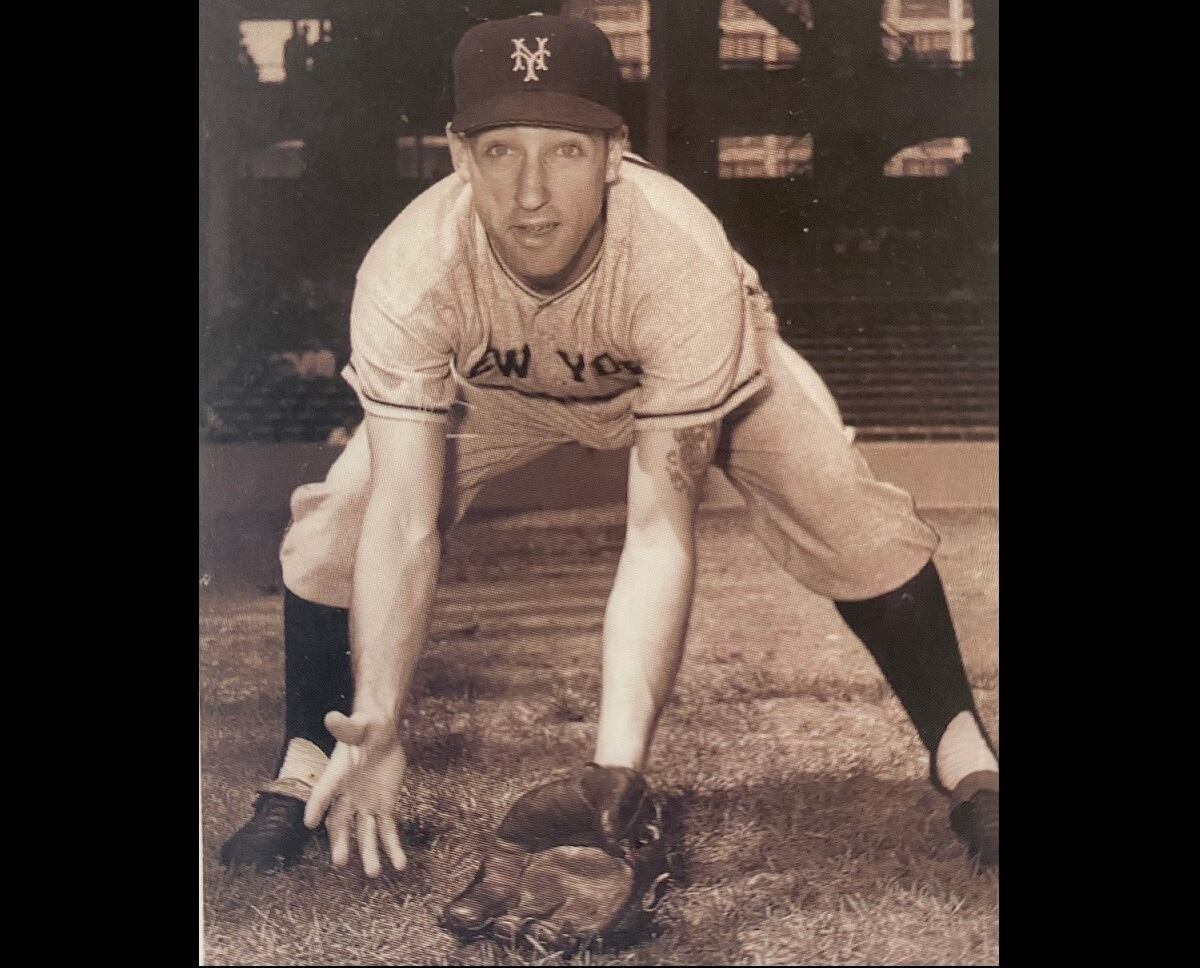
On the day both flags were raised, Twig was carrying wounded men on stretchers from the beach to Higgins boats, bound for offshore hospital ships. He remembered a buddy saying, “‘Hey look. There’s a flag.’ They put two of them up. We saw the (big) flag up there. That was a good feeling.”
Twig was playing ball on the Island of Maui and preparing for the invasion of the Japanese mainland when he heard about the Japanese surrender. When he came home from the war, he was 155 pounds of pure muscle with the indomitable determination of a Marine. After four months of Triple-A experience, he started as second baseman for the Chicago Cubs in 1949 until he was traded to the Brooklyn Dodgers in 1951, joining the ranks of the mythical Boys of Summer.
In his nine-season Major League Baseball career, Twig also played for the Washington Senators, the New York Giants and the Kansas City Athletics. His lightning-strike moment may have been in 1951, when he sat in the Dodgers’ dugout watching Bobby Thomson deliver a pennant-winning home run — the Shot Heard ‘Round the World.
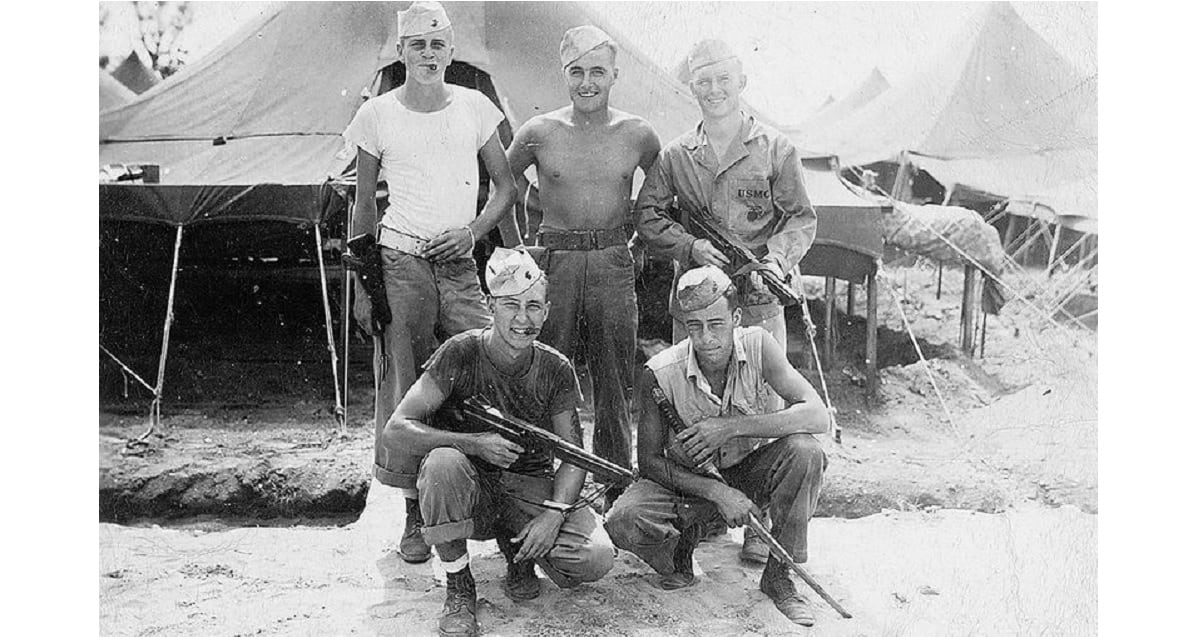
Though Twig played with and against Satchel Paige, Jackie Robinson, Roy Campanella, Duke Snider, Pee Wee Reese, Stan Musial, Whitey Ford, Warren Spahn, Willie Mays, Mickey Mantle, and Roger Maris, just to name a few, he claimed that 1969 was his greatest, most personally satisfying year in baseball. During spring training, he recalled to biographers for his memoir, “Terwilliger Bunts One,” Ted Williams sidled up next to him.
“He asked in his deep booming voice, ‘You coach third base when you’re managing the minors?’ I said, ‘Yes, sir.’ Then I remember him saying, ‘Is there any reason you can’t coach up here?’ And I said, ‘No, sir.’ He said, ‘Ok. You’re my third base coach.’ Just like that. Thirty seconds and I went from Buffalo’s manager to Ted Williams’ third base coach.”
“He fought in two wars for crying out loud,” Terwilliger said of his hero, a decorated Marine combat pilot, and he “let me run the ship.”
In his 62-year career in the game, the second baseman was old school to the core: He hated it when players wore their caps backwards and appreciated players who wore the high socks to show respect for the old timers. He called every man and boy “Sir,” relished a good old-fashioned ballpark hot dog, never mumbled, stood up straight and gave a firm handshake — “never a dead fish.”
Twig helped the Minnesota Twins capture two World Series titles in 1987 and 1991, and like a Marine, he stayed in excellent shape. When Twig led the Fort Worth Cats to a championship in 2005, he celebrated by getting a diamond stud in his left ear at age 81.
Today, folks recall how Twig bagged groceries at the Brookshire’s near his home in Weatherford, Texas, at age 88, because he could not sit still. He told me that he thanked every military veteran who came through the door, especially the Marines, who taught him so much about respect. “If there is a Marine around, he is going to help you,” he said.
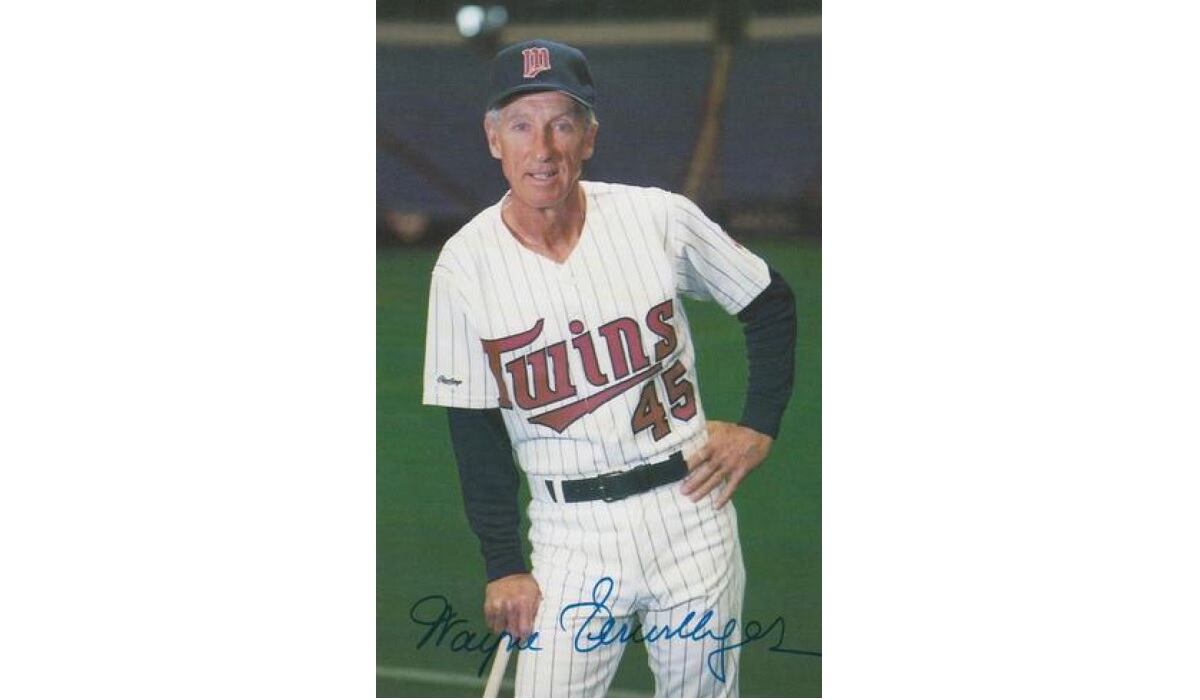
But there was a small triumph of which Twig was especially proud.
His wife, Linda, pointed out that her husband graduated from Western Michigan University, and taught history for one year in Michigan after his first season in baseball. She said he was very proud of that job as a teacher, which allowed him to make an impact on the next generation.
Today, only a few dozen major league players who fought in World War II and the Korean Wat survive. As Marines, ballplayers, and men of duty, Greason and Terwilliger are forever bonded by their service, and memories of the Stars and Stripes when it flew proudly in the breeze over Mount Suribachi.
Anne Keene is an Austin, Texas based author of “The Cloudbuster Nine: The Untold Story of Ted Williams and the Baseball Team That Helped Win WWII.” www.annerkeene.com.
